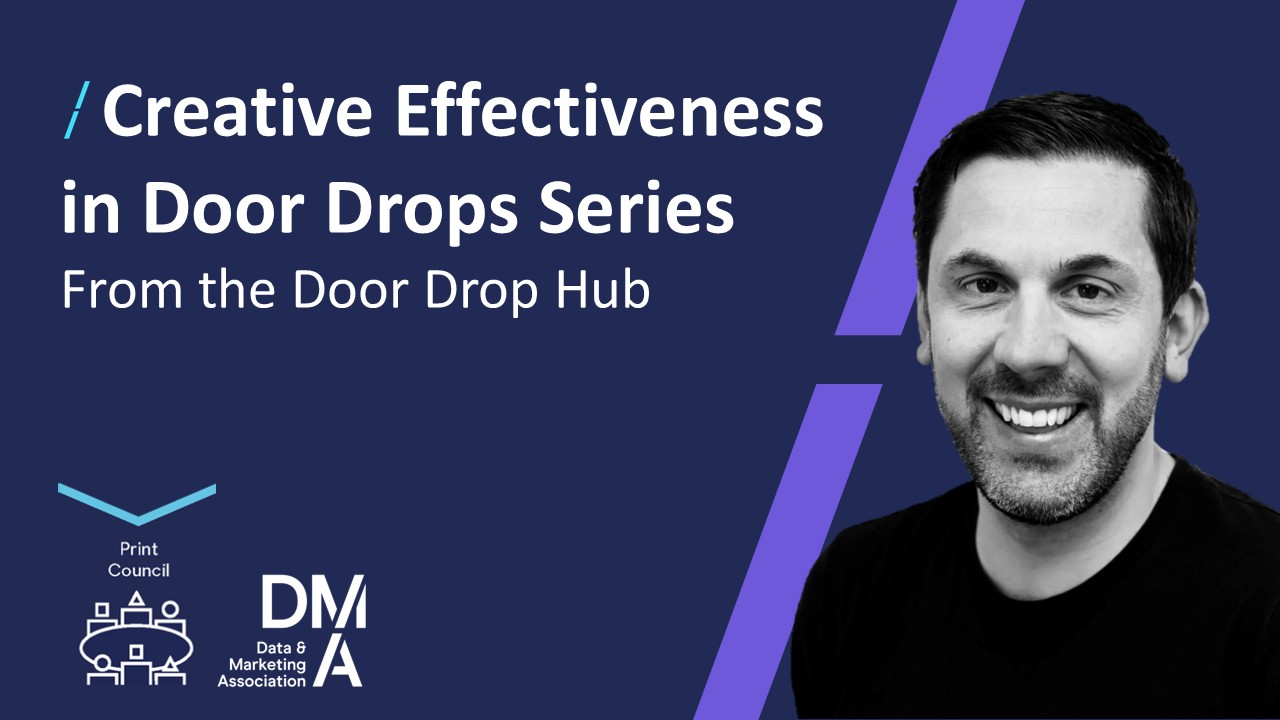UX Is Not About Design
16 Jul 2015

by Patrizia Bertini
European Director of Research & Insights, Wipro Digital
@LegoViews
Lots of discussions revolve around the concept of user experience (UX). The biggest misconception is that UX is a fancy synonym or rebranding of design. UX is not about design, however, but about the knowledge that informs the design process. The focus of UX is on users’ experience, how they feel when using and interacting with a service or product, and about how that service or product fits within their lives, behaviors and expectations.
Experience is defined as ‘knowledge gained by repeated trials,’ and UX is what we learn from observing, testing and interacting with users. Active engagement of the user is key to defining, imagining, ideating and designing a product or service that will answer an unmet opportunity.
The user is the core element that informs and determines strategy, intent and execution of a plan that is eventually realized in a product or service. Ultimately, the result should serve and support, answering an unmet opportunity.
Good UX incorporates a deep and thorough understanding of who users are, their behaviors, attitudes, expectations, latent needs and mental models.
A successful UX project starts and ends with research. It’s characterized by a genuine and on-going interaction with people, because before someone is a user of a product, he or she is an individual.
Why UX Is Not Design
Design is a product or service oriented approach that remains a fascinating intellectual exercise.
Bruno Munari, one of the most original and innovative Italian designers, created amazing design experiments. Talking forks and the Useless machines, for instance, are exquisite examples of pure design, where the designer plays with forms and shapes to reinvent the object. But UX is not about the form, it’s not even only about the function the object performs, but about the interaction between object and user, and the experience delivered.

In UX the product or service is a means to a goal. It’s a functional, seamless form that performs an action in the least evident and invasive way, improving people’s lives. In the long debate between form and function in design, UX goes a step further because its aim is to hide function in form, and form in an interaction delighting the user.
UX is all about understanding, anticipating and providing solutions that, through invisible and subtle interactions, seamlessly integrate with the user’s world of social and practical needs.
The can be achieved only by meeting the user - engaging, observing, talking to and challenging people.
The rise of qualitative research methods, such as ethnographic studies, demonstrates that UX is not mere design but a wide, encompassing strategy focused on little details that make the difference. While perhaps invisible, these details, if captured, can give birth to game-changer products and services.
Originally posted via Wipro Digital




1.png)

Please login to comment.
Comments